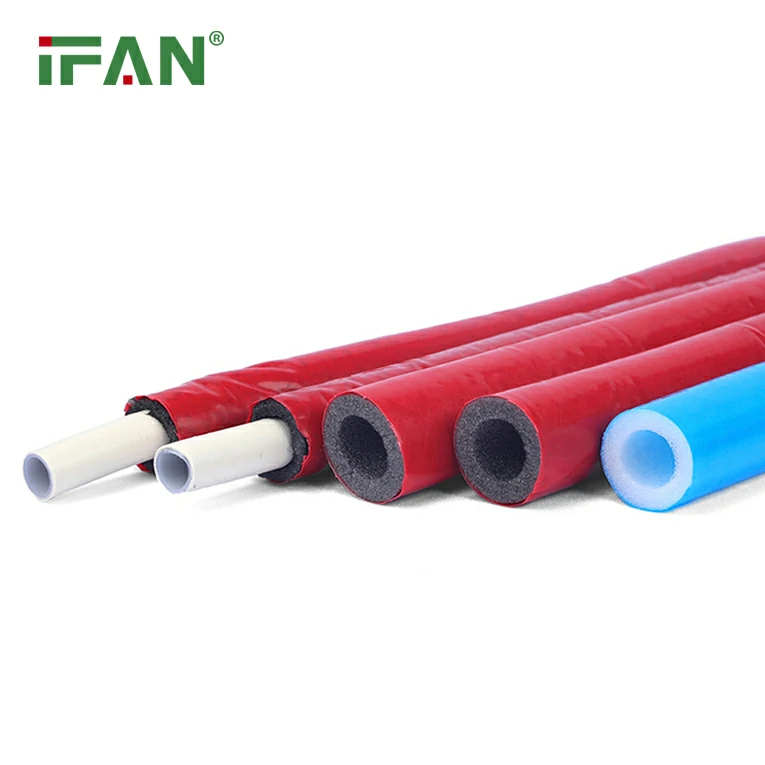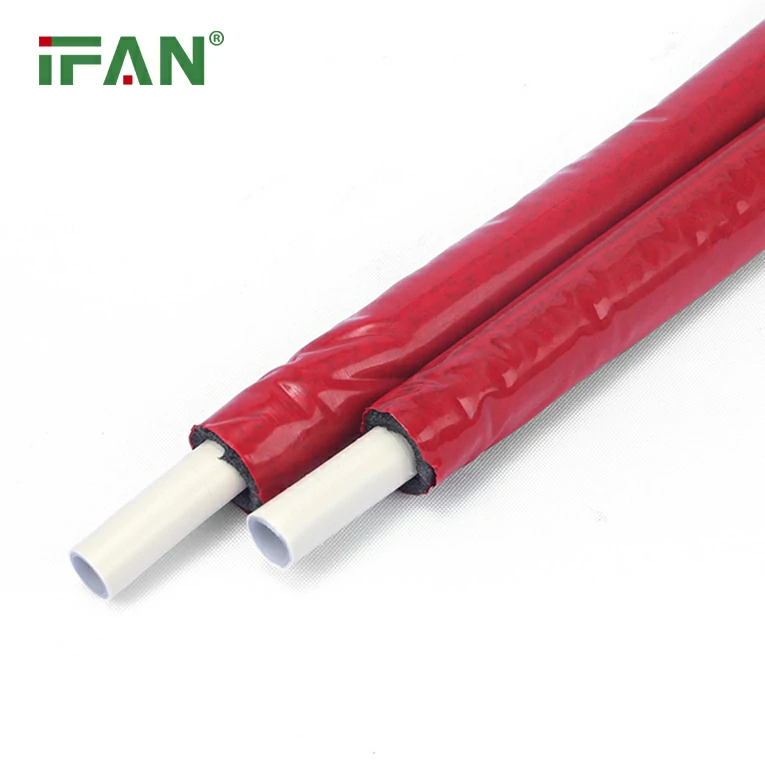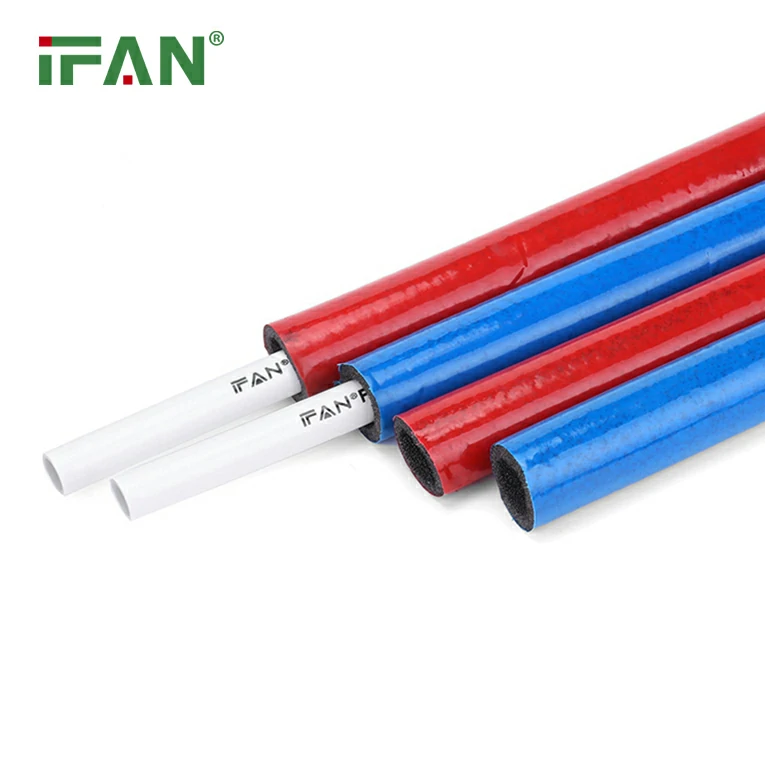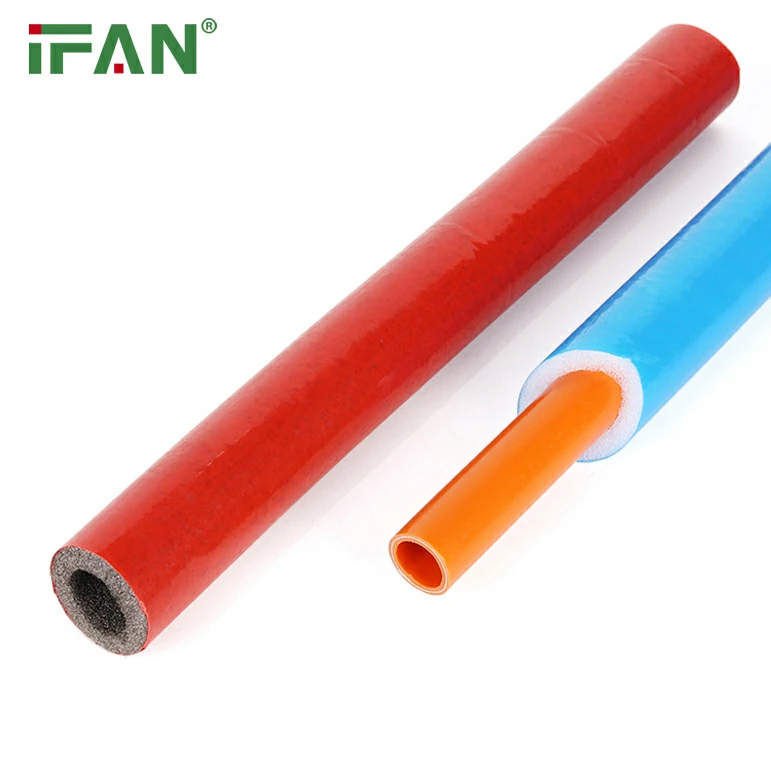In recent years, PEX pipes have become a popular choice in plumbing due to their flexibility, affordability, and ease of installation. However, they are now facing increased scrutiny as federal funds pour into public infrastructure projects, leading to a renewed debate about their safety, longevity, and performance. While PEX piping has many advantages, concerns have arisen regarding potential issues like chemical leaching, durability, and its overall impact on public infrastructure.
This article will delve into the growing concerns surrounding PEX pipes, the challenges posed by federal funding, and why PEX fittings remain an integral part of the system. We will also explore how these issues affect homeowners, contractors, and public officials, as well as what they can do to ensure that PEX systems continue to perform effectively.
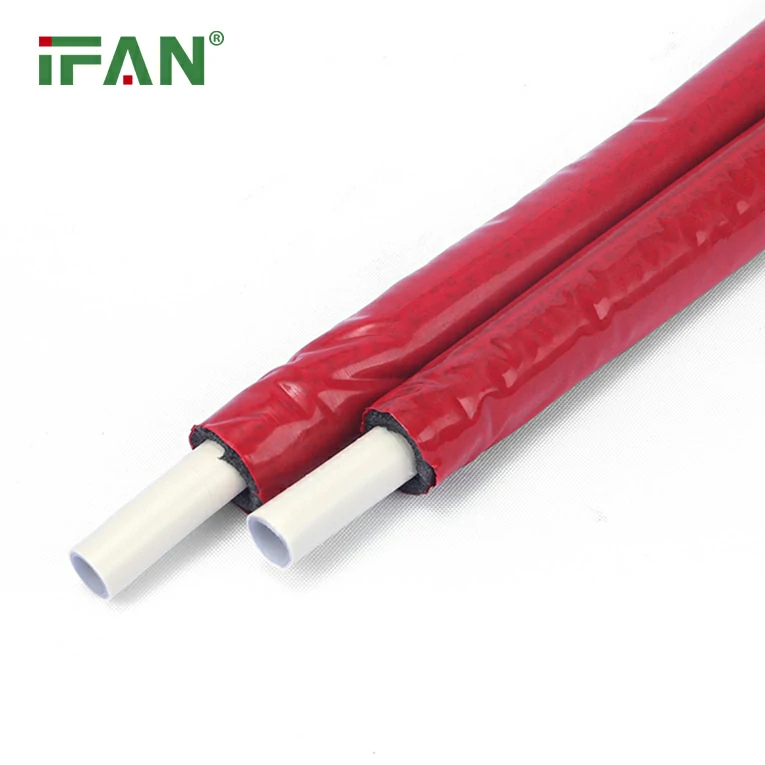
What Are PEX Pipes?
PEX stands for cross-linked polyethylene, a flexible plastic piping material commonly used in plumbing systems. Unlike rigid copper or PVC pipes, PEX pipes are highly flexible, allowing for easier installation in tight spaces and reducing the need for additional fittings. PEX is also resistant to corrosion and scaling, which makes it an attractive option for areas with hard water or extreme environmental conditions.
Typically, PEX pipes are connected using PEX fittings, which can be crimped, clamped, or pushed onto the pipe, depending on the method of installation. These fittings help ensure a secure and watertight connection between different sections of PEX pipe, preventing leaks and increasing the longevity of the system.
Benefits of PEX Pipes
The widespread adoption of PEX piping in both residential and commercial installations is due to several key benefits:
- Flexibility: PEX is highly flexible, allowing it to bend around corners and obstacles without the need for additional fittings. This reduces the complexity and cost of installation.
- Cost-Effectiveness: PEX pipes are typically less expensive than traditional copper or steel pipes, both in terms of material costs and labor for installation.
- Corrosion Resistance: Unlike metal pipes, PEX pipes do not corrode, ensuring that the plumbing system lasts longer without the need for frequent repairs.
- Durability: PEX piping is resistant to freeze damage, and its flexibility allows it to expand slightly when exposed to freezing temperatures, reducing the risk of burst pipes.
- Ease of Installation: The ease of installing PEX pipes is one of its greatest advantages. It doesn’t require the same level of skill or specialized equipment as copper piping, which translates to lower labor costs.
However, as PEX pipes have gained popularity, there have been growing concerns over their long-term viability in critical infrastructure projects, especially those funded by federal money.
Federal Funds and Infrastructure Projects
The federal government has been investing heavily in upgrading public infrastructure, including water systems, plumbing, and wastewater treatment facilities. With this influx of funding, contractors and public officials have been under pressure to find cost-effective, durable, and safe materials for these large-scale projects.
PEX pipes have made their way into many of these public infrastructure projects due to their affordability and ease of installation. However, the widespread use of PEX piping in these systems has come under scrutiny as concerns about its long-term durability and safety grow. Critics argue that PEX may not be the best option for large-scale, high-pressure applications, such as those commonly found in public water supply systems.
Why Are PEX Pipes Under Fire?
Several issues have brought PEX pipes under fire as more federal funds are allocated to plumbing and infrastructure projects. These concerns revolve around questions about the longevity, chemical safety, and overall effectiveness of PEX in critical applications.
1. Chemical Leaching Concerns
One of the most significant concerns raised about PEX pipes is the potential for chemical leaching. Early versions of PEX piping were criticized for leaching chemicals, including antioxidants and stabilizers, which could potentially contaminate drinking water. While modern PEX pipes have been improved to meet stringent health standards, critics argue that the long-term exposure to chemicals could still pose a risk, especially in systems that are under constant pressure, such as municipal water lines.
Solution: Many manufacturers now produce PEX pipes that meet the highest health and safety standards. Additionally, certifications from organizations such as NSF International ensure that PEX is safe for potable water. It is essential to choose high-quality PEX pipes that have been tested and approved for use in drinking water systems.
2. Durability and Long-Term Performance
Another major criticism of PEX pipes is their durability over the long term. While PEX is resistant to corrosion, it is not immune to other forms of degradation, such as UV light exposure or chemical reactions with certain substances. Critics argue that PEX pipes may not be as reliable as metal pipes in the long term, especially in high-stress, high-pressure environments like municipal water systems.
Solution: Modern PEX pipes are designed to be more durable, and PEX fittings have also evolved to provide stronger and more secure connections. Additionally, PEX pipes can be shielded from UV exposure using insulation or protective coatings, ensuring that they last longer in outdoor or exposed applications.
3. Potential for Freezing and Burst Pipes
Although PEX pipes are more resistant to freezing than traditional materials, they are not immune to the dangers of freezing temperatures. In regions with extremely cold winters, PEX pipes may still be vulnerable to freezing, particularly if they are not installed correctly or if they are left exposed to the elements.
Solution: Proper insulation and strategic placement of PEX pipes can prevent freezing. Installing PEX pipes in areas that are less likely to experience freezing temperatures can also mitigate the risk of burst pipes.
4. Cost vs. Performance
While PEX pipes are cost-effective in terms of installation, some critics argue that their long-term performance may not justify the initial savings. PEX piping may not be the most durable option for large-scale, critical infrastructure projects that require decades of reliable service.
Solution: For high-performance applications, consider using a hybrid approach that combines PEX piping with more durable materials, such as copper or steel, to balance cost and performance.
The Role of PEX Fittings
PEX fittings play an integral role in ensuring the effectiveness of PEX piping systems. Whether you are using crimp, clamp, or push-fit fittings, the quality of the fittings directly affects the integrity of the system. Low-quality PEX fittings can lead to leaks, poor performance, and system failure, which is why it’s essential to use high-quality fittings that meet industry standards.
- Crimp fittings: These require a crimping tool to secure the fitting onto the pipe. They are commonly used in residential and commercial plumbing installations.
- Clamp fittings: These use a clamp to secure the PEX pipe in place. They are often used in larger commercial systems.
- Push-fit fittings: These offer an easy, tool-free installation method, ideal for DIY plumbing projects.
Why Quality PEX Fittings Are Essential
Regardless of the type of fitting used, ensuring that PEX fittings are properly installed and of high quality is essential to prevent leaks and ensure the long-term success of the plumbing system. High-quality PEX fittings provide a more secure connection, reduce the risk of failure, and increase the overall lifespan of the plumbing system.
What’s Next for PEX Pipes in Federal Projects?
Despite the concerns, PEX pipes are likely to remain a popular choice for many residential and commercial projects due to their affordability and ease of installation. However, their use in federal-funded infrastructure projects may face more scrutiny as new standards and regulations are put in place.
In the coming years, we may see more emphasis on developing and implementing improved PEX materials that address the concerns surrounding chemical leaching, durability, and long-term performance. Additionally, PEX fittings will continue to evolve to provide better reliability and functionality in these applications.
Conclusion
PEX pipes have revolutionized plumbing systems, offering a more flexible and cost-effective alternative to traditional materials. However, as more federal funds flow into infrastructure projects, concerns about their long-term performance and safety are becoming more prominent. Whether it’s chemical leaching, durability, or freezing risks, PEX plumbing systems must be carefully considered for each application, particularly when federal dollars are at stake.
For homeowners and contractors, the key to a successful PEX installation lies in choosing high-quality PEX fittings, ensuring proper installation, and maintaining the system to prevent common issues. As technology continues to improve, PEX pipes may yet prove to be a sustainable solution for public infrastructure projects.
Frequently Asked Questions (FAQs)
1. Are PEX pipes safe for drinking water?
Yes, modern PEX pipes are certified for use in drinking water and meet health and safety standards. Look for products certified by NSF International to ensure safety.
2. Can PEX pipes freeze in cold weather?
While PEX pipes are more resistant to freezing than rigid pipes, they can still freeze in extremely cold conditions. Proper insulation and installation are key to preventing freezing.
3. How long do PEX pipes last?
With proper installation and maintenance, PEX pipes can last up to 40-50 years. However, exposure to UV light and certain chemicals can reduce their lifespan.
4. Can I use PEX pipes for outdoor plumbing?
Yes, but PEX pipes should be protected from UV exposure when used outdoors. UV-resistant PEX or insulation can help prevent degradation.
5. Are PEX fittings interchangeable with other types of pipes?
PEX fittings are designed specifically for PEX pipes. While PEX fittings can

